More than a decade ago, the National Association of REALTORS® (NAR) launched the REALTOR® Safety Program to educate industry professionals about their potential risks on the job. NAR’s Member Safety Report of more than 45,000 members nationwide highlights specific areas of vulnerability for those in our industry.
According to NAR’s survey, open houses and showings hold particular risk. With REALTOR® Safety Month just ahead, we invite you to learn more about NAR’s most recent findings and follow our smart, preventative tips to help you work more safely. We’ll share what our industry is doing right, what we could do better, and how to protect yourself.
Open House Events & Showings Are Your Greatest Risk
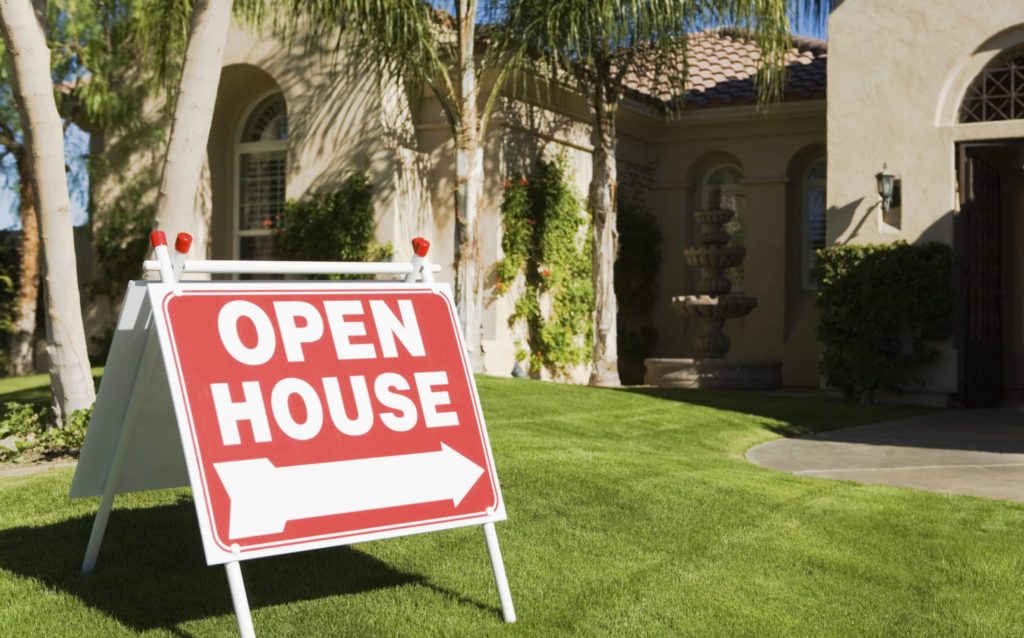
While 96% of REALTORS® reported having experienced no criminal activity in 2020, the remaining 4% of NAR’s survey respondents were reportedly victims of assault, robbery, theft, and other undisclosed crimes. Of these, the vast majority of incidents occurred at open houses, showings, and in the agent’s own vehicle.
96% of REALTORS® did not experience any criminal activity in 2020.
Source: 2020 REALTORS® and Member Safety Report
A full 17% of the self-reported victims of crime in NAR’s survey noted their experience occurred during an open house. As real estate professionals, you’re often required to meet with strangers in private spaces. NAR’s data points to a particular area of risk that you can avoid by employing preventative safety measures.
Even as virtual open houses became the norm during the pandemic last year, 23% of REALTORS® reported feeling unsafe while hosting an open house alone, according to NAR’s survey. Women in our industry experienced fear more frequently than men.
17% of reported criminal activity occurred at an open house.
Source: 2020 REALTORS® and Member Safety Report
Twenty-five percent of women REALTORS® reported experiencing a situation that made them fear for their personal safety or the security of their personal information—a number significantly down from 40% in 2019. The drop is no doubt due to limited opportunities for open houses in 2020 due to lockdowns and stay-at-home orders.
By contrast, only 15% of men in our industry felt the same way last year, down from 21% in the previous year. These numbers were lower for both men and women REALTORS® who live in work in small towns or rural or suburban areas.
Other Potential Areas of Risk for Realtors
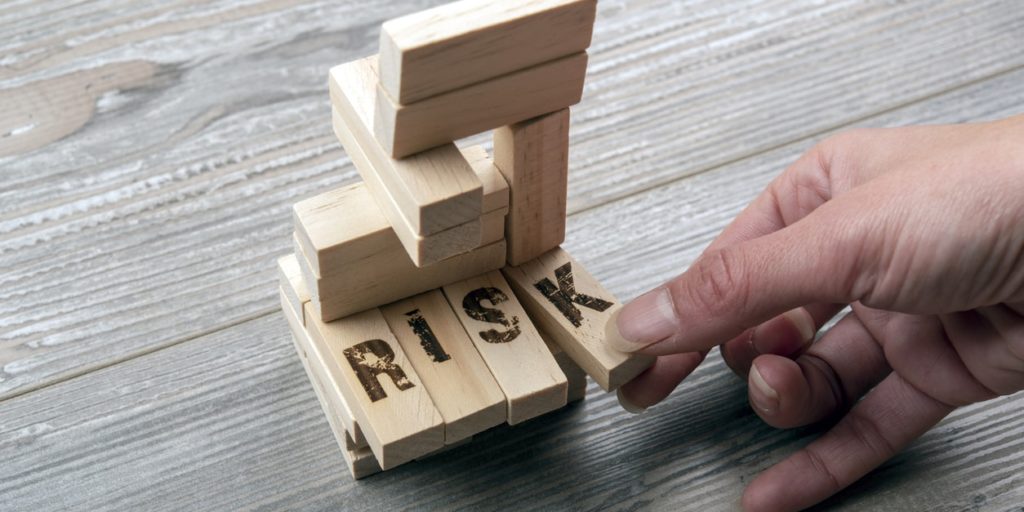
An additional 7% of criminal incidents occurred during showings, another 7% in the agents’ vehicles, and 7% while meeting new clients for the first time at a property or other location. Notably, 35% of NAR’s respondents who reported criminal activity said that it followed a threatening or inappropriate email, text message, phone call, or voicemail.
35% of respondents who encountered criminal activity said that it followed threatening communication.
Source: 2020 REALTORS® and Member Safety Report
We understand that meeting clients in private spaces is part of the job. In 2020, 51% of REALTORS® hosted an open house alone and 40% showed vacant properties in areas with poor or no phone coverage, according to NAR’s report.
NAR’s statistics underscore the need for preventative measures—practiced consistently and targeted to these specific activities—to help you stay safe from would-be criminals.
51% of REALTORS® hosted an open house alone last year.
Source: 2020 REALTORS® and Member Safety Report
With a bit of common sense and planning, you can hold safer open house events and showings in 2022 and beyond. The best way to protect yourself is by adopting new ways of working that won’t hinder your ability to do business—we promise!
12 Tips to Stay Safe at Your Next Open House or Showing
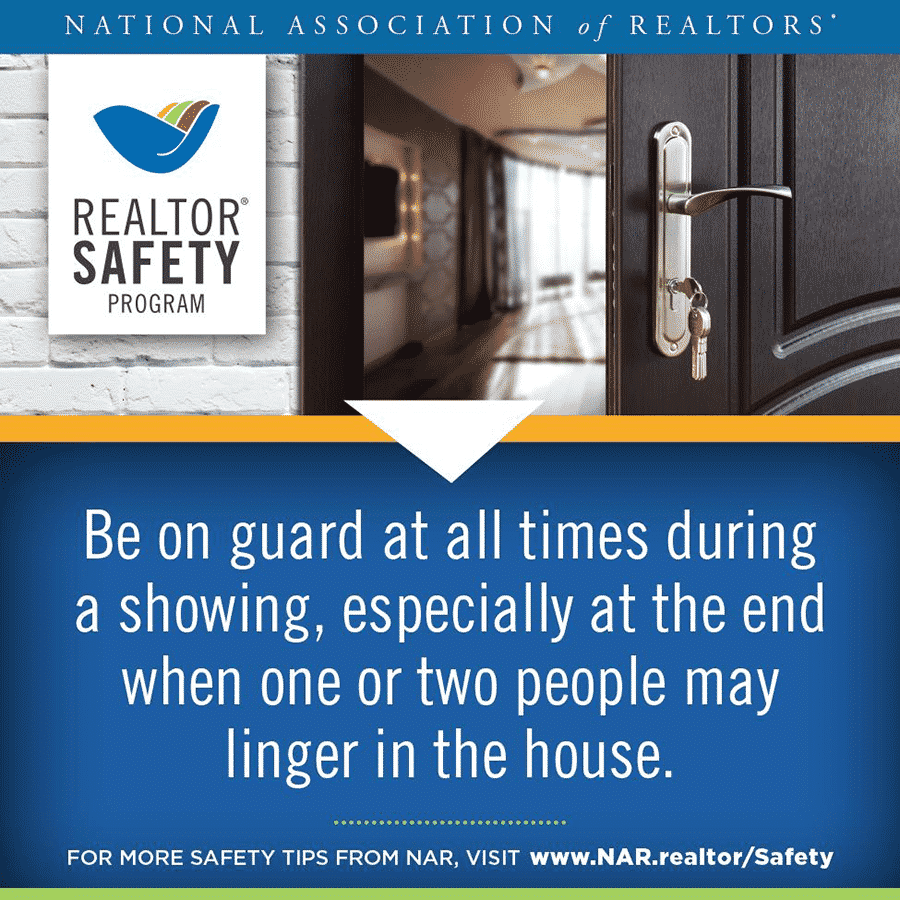
Incorporate these 12 tips culled from NAR’s safety recommendations into your weekly open house routine:
- Ensure your phone is fully charged and bring a mobile phone charger with you.
- Put your emergency contacts on speed dial.
- Check that your phone signal is strong.
- Invest in a wireless hotspot for use at properties where phone reception and Wi-Fi are limited.
- Survey the neighborhood for potential safety concerns before an open house or showing.
- Unlock only one point of entry into the home so you are aware of all incoming clients.
- At showings, let the clients walk in ahead of you.
- Stay alert and be aware of your surroundings.
- Don’t spend time surfing the internet or emails on your phone.
- When showing a home, consider your exit strategy before the client even arrives.
- Verify that every attendee has left the premises before closing up and locking the home.
- If you think a home will take some time to sell, introduce yourself to the neighbors so they know you’ll be coming and going from the property.
NAR provides dozens of safety tips just like these, covering all aspects of your job, including client meetings, open houses, showings, cybersecurity, and more.
Take advantage of their ready-made tips and infographics. You can share them with your team or on your social media platforms to help keep you, your team, and your clients keep safe from harm. Visit NAR.REALTOR/SAFETY to download more helpful resources.
You can also use my Seller Safety and Security Checklist before signing the listing agreement. This tool is a way to lead with safety, showing your sellers that you are not only concerned about listing their home, but that you care about the safety and security of their property. The checklist serves as a critical reminder to sellers that can help reduce your liability.
What Our Industry Is Doing Right
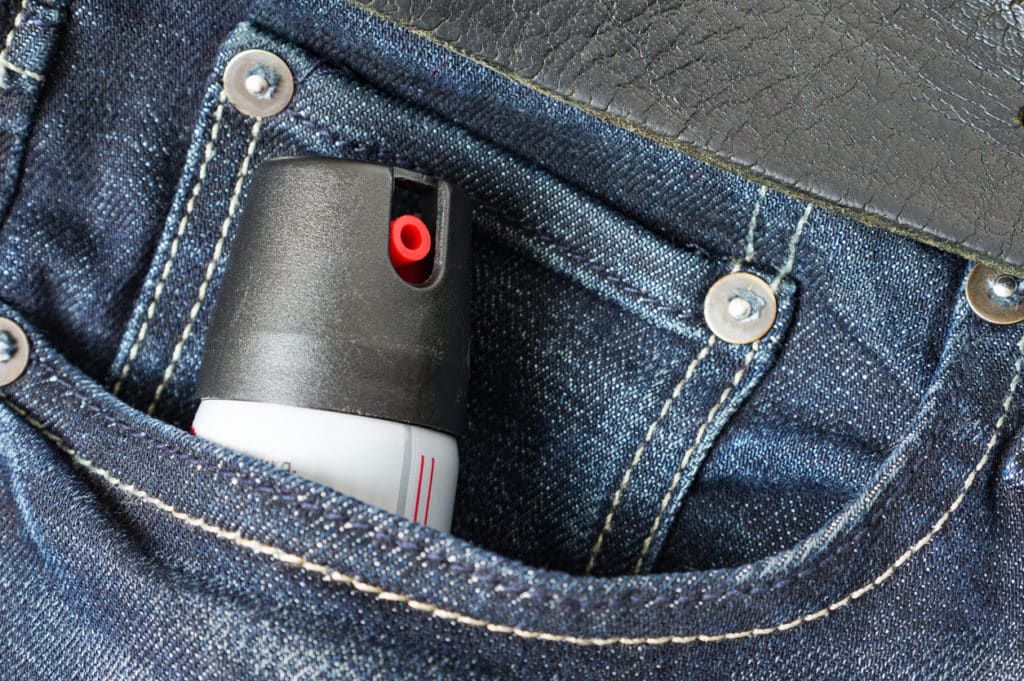
REALTORS® Are Carrying Self-defense Weapons
According to their 2020 survey, 49% of NAR members choose to carry self-defense weapons, up slightly from 44% in 2019. Almost 20% of those surveyed chose pepper spray as their weapon of choice.
When seeking a self-defense spray, you should know that they’re not all created equal. MACE is a brand name for a range of products that includes both pepper spray and tear gas. The brand name has become synonymous with self-defense sprays because it was one of the first such products on the market.
49% of NAR members carried self-defense weapons last year.
Source: 2020 REALTORS® and Member Safety Report
The original formulation was made from 1% chloroacetophenone (CN), which is a form of tear gas designed to cause severe eye irritation. Pepper spray is made from oleoresin capsicum (OC), an inflammatory agent that that causes eye irritation so severe that it induces temporary blindness. Pepper spray also causes burning in the lungs and shortness of breath.
We recommend carrying pepper spray, as opposed to tear gas or a combination product. If you spray someone who is under the influence, tear gas may not be as effective in stopping your attacker. Although it doesn’t come with a 100% guarantee, postal carriers and law enforcement choose pepper spray for this reason. Pepper spray is a non-lethal safety tool you can easily carry in your pocket.
How to Use Pepper Spray Effectively
Spray your canister in a “z” or “s” formation in the direction of the face of a potential predator. It will cause their eyes to burn, water, and slam shut. It works by causing inflammation to a person’s mucous membranes. Their temporary blindness, coughing, and difficulty breathing may give you time to get out of a dangerous situation.
Pepper spray has a limited shelf life because aerosol containers lose pressure over time. Usually, spray canisters are good for two to three years. Check the expiration date and remember to test your spray every six months and before you need it. Test it outdoors, when it isn’t windy. Each half-ounce canister contains eight to 10 one-second sprays.
REALTORS® Are Getting Self-defense Training
According to NAR’s 2020 survey, 38% of REALTORS® have participated in a self-defense class. Joe Rosner is a nationally recognized expert on personal safety, crime prevention, and self-defense, and the author of Keep Calm & Carry Pepper Spray. He stresses that agents should take regular self-defense training and not settle for occasional or standalone classes.
“Be ready to defend yourself! Carry pepper spray and learn basic self-defense techniques.”
He claims that hands-on classes can be taught safely even during the pandemic, and that most instructors will wear a mask if participants are concerned. He also recommends The Gift of Fear by Gavin De Becke, a book about trusting your built-in survival mechanism or intuition.
REALTORS® Are Using Free & Paid Safety Apps

According to NAR, 58% of members use a smart phone safety app to track whereabouts and alert colleagues in case of an emergency, up from 53% in 2019. They rely heavily on the Find My iPhone app (36%), but smartphone users who use Google Maps for GPS already have a free, location-based safety app on their phones.
Many popular apps duplicate this feature at a cost, but with Google Maps, you can allow a colleague, family member, or friend to view your location in real time. They can also use Google Street View to see an image of your physical location.
58% of members use a smart phone safety app to track whereabouts and alert colleagues in case of an emergency.
Source: 2020 REALTORS® and Member Safety Report
Your goal is to let your contacts know your work schedule, which they can view through Google Calendar. Simply share your expected arrival and departure times with your colleagues or family members and using Google’s suite of tools, they’ll be able to track when you arrive at your open house or showing and when you leave. They’ll also be notified of any stops along the way.
You can limit the duration of their access to that information or allow 24/7 access to your family members, friends, or colleagues through the Google Maps app. These features work even for non-Google members. You can stop sharing at any time and block users if needed.
While there’s a proliferation of safety apps on the market, our recent article will help you discern which ones will serve you best.
What Our Industry Could Do Better
According to NAR, 71% of agents did not attend a safety course in 2020. Real estate safety education is not mandated and isn’t usually prioritized until an incident has occurred. NAR’s report states that only 38% of REALTORS® said that their local REALTOR® Association includes safety training as part of new member orientation. Unfortunately, safety isn’t sexy.
The National Association of REALTOR® at one time required safety education to be offered each calendar year for associations to stay in compliance. However, education directors say that is no longer a requirement. As a result, associations, boards, and real estate companies feel no pressure to provide expert-led training.
Seek Out Safety Training Experts
Based on my experience as a national safety expert, my busiest time of year outside of September’s Real Estate Safety Month is right after a crime against an agent has occurred. I encourage brokerages, associations, and boards to continue to make safety training a priority.
According to NAR, 71% of agents did not attend a safety course in 2020.
Source: 2020 REALTORS® and Member Safety Report
I understand that it’s an ongoing challenge to get agents to show up for safety training. That’s why I created the Consumer Safety and Security Specialist, CSSS designation. I provide classes that teach you and your team how to lead with safety AND make more money.
My approach is to grow your business using safety as a marketing tool, and to consider implementing safety measures in every aspect of your work. According to NAR, 72% of survey respondents have personal safety protocols in place that they follow with every client. This is more likely among women (75%) than men (64%)—but in our view, this number be closer to 100%.
Develop a Structured Safety Committee

According to NAR, fewer than 10% of brokerages have implemented safety committees in their offices. Safety committees provide an avenue for leadership to implement an ongoing safety program. Having one in place is key when proactively managing risk and documenting the company’s actions to reduce liability. Brokerages can help protect themselves against any claim of negligence.
Fewer than 10% of brokerages have implemented a safety committee.
Source: 2020 REALTORS® and Member Safety Report
If your company has a safety committee, consider serving on it. Your committee should consist of agents, management, and staff. Leadership should plan a safety calendar during the initial meeting. The plan should include regular safety messaging, posting safety tips throughout the office or in the break room, and disseminating safety information and tips to the agents regularly.
You can share safety messaging in your company newsletter, online, through electronic communications, chatter, social media, and at weekly sales meetings. Brokers, managers, and owners who complete my broker, manager, and owner safety training can learn to manage their office safely and implement safety policies and procedures.
You can also use your company’s safety policy handbook to implement, enforce, and support the safety policies your committee puts in place.
Final Thoughts
As a speaker at this year’s NAR conference in November, I’ll be sharing stories of real estate agents who have been victimized, the lessons we’ve learned as an industry, and my expert safety advice to help agents like you protect themselves using simple, preventative safety measures. I encourage you to know your risk, make a safety plan, always lead with safety—and stay safe!


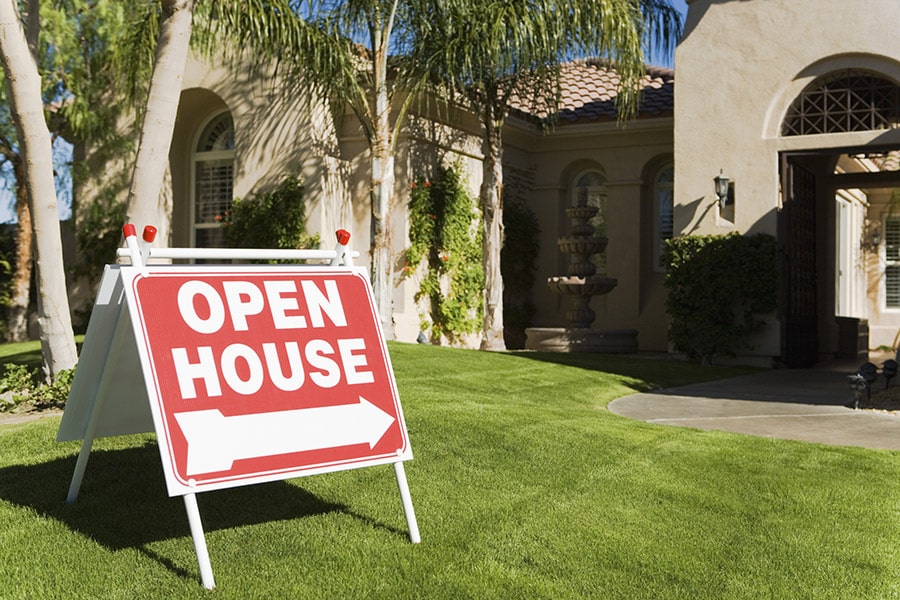

Add comment